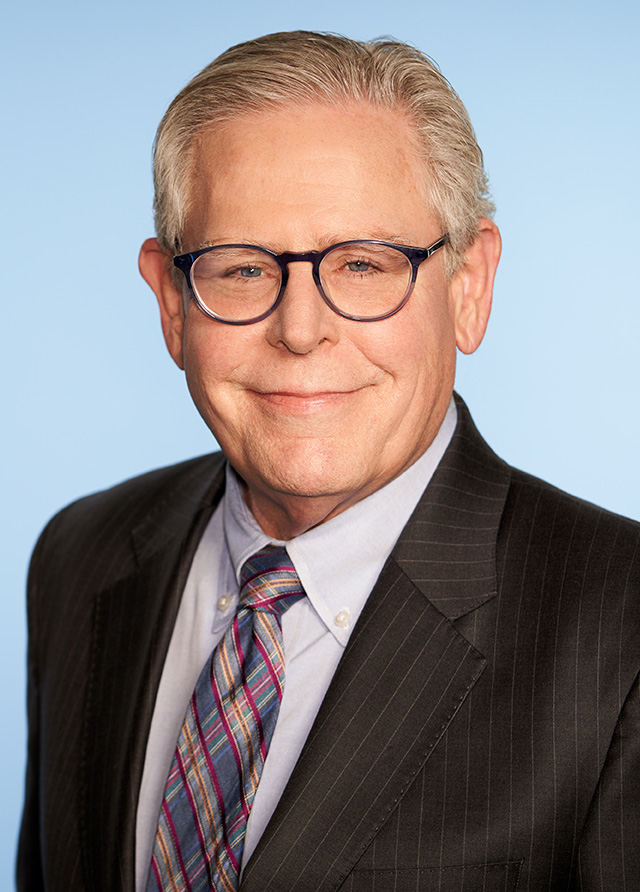
Dear Community Leader,
Earlier this month, I, along with several other Texas Health leaders, participated in a healthcare conference at SMU’s Cox School of Business that focused specifically on how access and cost impact patient-centered care. Over a day and a half, panelists discussed everything from health equity and the regulatory environment to workforce and the role of artificial intelligence (AI).
While cost and access are issues in every community, our region varies from most others. The North Texas healthcare market is reflective of our region’s growing population and economy. DFW is one of the few places in the country where health systems, including Texas Health, are planning new hospitals or expanding and renovating existing facilities. We currently have five major renovation projects underway, including at Texas Health Presbyterian Hospital Dallas (read more here).
I have often said that Texas Health is a health system, not a hospital system.
New and renovated hospitals mean increased access to acute care for our growing communities. Both Texas Health Dallas and Texas Health Harris Methodist Hospital Fort Worth are designated as a Level I Trauma Centers, ready to respond to the most critical medical events, day or night.
But we must also have a full continuum of services such as primary care and mental health resources. Social determinants of health, including access to healthy food, influences health outcomes. That’s why Texas Health is expanding Good For You Pantries across North Texas.
As a faith-based, nonprofit health system, we take seriously our mission to improve the health of the people in the communities we serve – all people, regardless of their ability to pay. In 2022, Texas Health provided nearly $875 million dollars in charity care and community benefit to our patients and communities. You can read more about how Texas Health’s commitment to the environment, advancing our social purpose and governance here.
Recently, I’ve been hearing more misinformation pointing to hospitals and health systems serving as the primary source of rising healthcare costs. A recent article in The Economist – “Who profits most from America’s baffling health-care system?” – provides an interesting point of view on who and what is driving the costs.
“Pharmaceutical firms and hospitals attract much of the public ire for the inflated costs. Much less attention is paid to a small number of middlemen who extract far bigger rents from the system’s complexity.
Over the past decade these firms have quietly increased their presence in America’s vast health-care industry. They do not make drugs and have not, until recently, treated patients. They are the intermediaries—insurers, pharmacies, drug distributors and pharmacy-benefit managers (PBMS)—sitting between patients and their treatments. In 2022 the combined revenue of the nine biggest middlemen—call them big health—equated to around 45% of America’s health-care bill, up from 25% in 2013. Big health accounts for eight of the top 25 companies by revenue in the S&P 500 index of America’s leading stocks, compared with four for big tech and none for big pharma.
Big health began as a constellation of oligopolies. Four private health insurers account for 50% of all enrolments. The biggest, UnitedHealth Group, made $324 billion in revenues last year, behind only Walmart, Amazon, Apple and ExxonMobil, and $25 billion in pre-tax profit. Its 151 million customers represent nearly half of all Americans. Its market capitalization has doubled in the past five years, to $486 billion, making it America’s 12th-most-valuable company. Four pharmacy giants generate 60% of America’s drug-dispensing revenues. The mightiest of them, CVS Health, alone made up a quarter of all pharmacy sales. Just three PBMS handled 80% of all prescription claims. And a whopping 92% of all drugs flow through three wholesalers."
The rising cost of healthcare is an issue we understand. At Texas Health, we are not only a provider of care, but one of North Texas’ largest employers, with more than 29,000 employees. Like many of you, our benefits expenses increase each year as we work to keep premiums and deductibles affordable for our team members. At the same time, Texas hospitals’ labor costs have increased 20% for bedside caregivers, drug expenses are up $2.8 billion, and medical supplies are 8.5% higher.
So, what is the solution? Instead of deflecting to other segments, we must have collaboration with insurers, pharmaceutical companies, providers, employers and business groups, as well as local, state and federal policy leaders. And we need to increase the number of Texans with affordable, comprehensive health insurance. Texas has a 16.6% uninsured rate, double the national average, which makes healthcare more expensive for all. We must improve federal funding for Medicare and Medicaid to cover the cost of care. The cost shift to employers like your organization and mine must find relief.
In this edition, I’ve also shared updates on efforts to grow the healthcare workforce, how to balance the opportunity and risk of new AI technologies, small shifts in language that can make everyone feel welcome and a fun resource to support fitness goals – whether that’s participating in a Turkey Trot or preparing for New Year’s resolutions.
As always, I also welcome your thoughts and questions at AskBarclay@TexasHealth.org.
Be well,

Barclay Berdan
